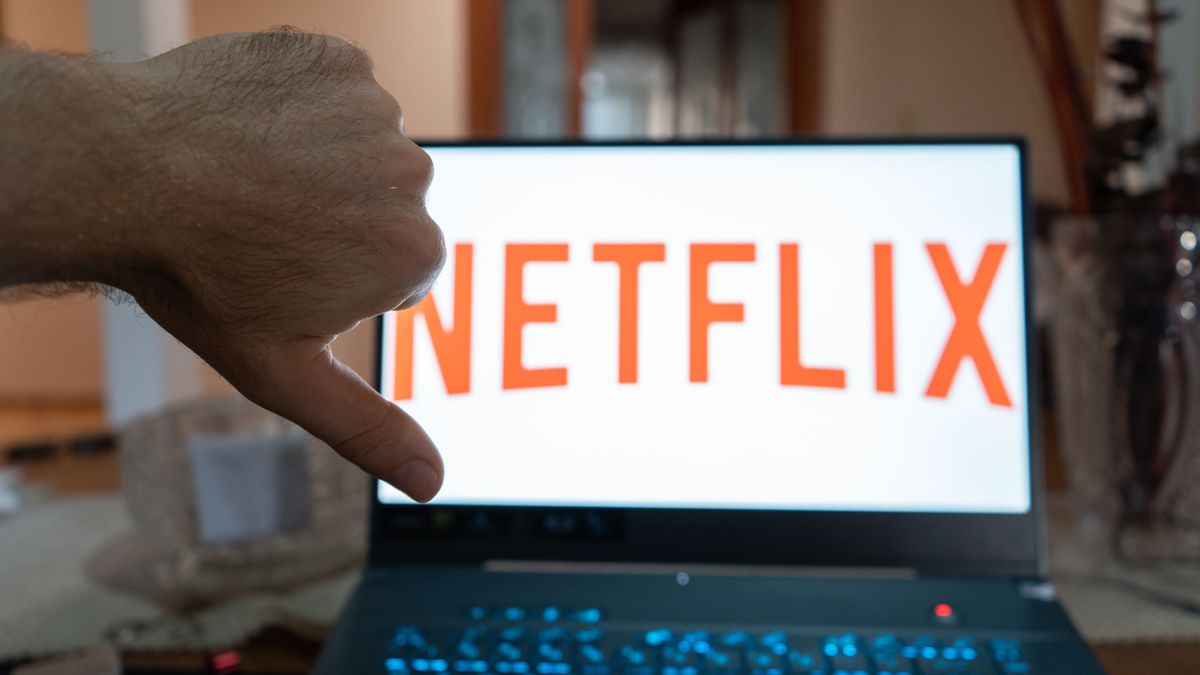Title: The Decline and Burden of Streaming: Is Cable TV Making a Comeback?
Subtitle: Rising prices and limitations on content leave consumers questioning the value of streaming services
In recent news, Netflix has announced yet another price increase, adding to the growing list of streaming platforms raising their fees. As a Millennial cord-cutter who initially embraced streaming to save money, this trend has me questioning the worth of these services. It all started a decade ago when streaming emerged as a cost-effective alternative to cable TV, but it seems that the convenience and affordability I once cherished are fading away.
During the nascent stage of streaming, sharing passwords with friends was common practice, reminiscent of the file-sharing days of Napster and Kazaa. However, as the industry evolved, restrictions on password sharing were implemented. While this may be understandable, the recent price hikes and the introduction of ads on basic plans have left consumers feeling disenchanted. The end of the Writer’s Guild of America strike has necessitated higher payments to writers, which providers are passing on to customers. It appears that the streaming revolution, which we embraced to evade high cable prices, has come full circle.
Netflix is not alone in its price increase; Disney Plus, Discovery Plus, and HBO Max have followed suit. Moreover, there is a rising trend in ad-supported tiers across streaming services. This pattern extends beyond these major platforms to include Hulu, Peacock, and others. When combined, the cumulative cost of all these services becomes a significant financial burden, leading many to question the purpose of streaming in the first place.
In light of these developments, I have made the decision to return to cable TV. Despite the flaws and high costs associated with cable companies, the simplicity they offer outweighs the complexities of navigating various streaming platforms. In the 2010s, the factors that drove me away from cable, such as exorbitant prices and poor customer service, still persist. Additionally, cable providers’ exclusive agreements based on street addresses limit consumer choice. This approach was a major reason I transitioned to streaming a decade ago; it provided freedom and flexibility. Unfortunately, with the end of password sharing and the inability of streaming services to find a reasonable price point, it feels as though we have regressed. The options are overwhelming, and I simply want a hassle-free experience when I come home.
Nowadays, with demands on our time and responsibilities in various aspects of life, choosing what to watch should not be an arduous task. The constant need to remember passwords and experiences of being logged out on different devices only compound the frustration. As a result, it becomes easy to lose track of the amount spent on multiple streaming services that are hardly utilized. It is disheartening to acknowledge that I have lost the knowledge of my actual expenditure on these services.
Admittedly, reverting to cable TV comes with its own set of challenges. Yet, given the burdensome nature of the current streaming landscape, it seems like a more viable option. The technology industry, including Netflix, has been heavily reliant on borrowing money with negative interest rates since the Great Recession. This government-backed policy allowed struggling companies to remain afloat despite poor profitability in the free market. However, with rising interest rates necessitated by inflation, businesses must now scramble to generate profits through ads and increased subscription fees. This mirrors the strategies deployed by cable companies for decades.
As a consequence, streaming services are gradually transforming into cable companies. The potential for higher fees, more ads, and lower-quality content looms ahead. Even popular shows are facing cancellation as streaming platforms seek to ensure profitability for each production. This shift will undoubtedly affect the production values and binge-watching experiences that initially captivated audiences. The fundamental aspects that made streaming appealing, convenience and quality, are eroding.
Ultimately, the allure of streaming is fading, leaving consumers pondering the value of their subscriptions. While cable TV undoubtedly has its flaws, the predictability it offers may outweigh the current aggravations faced by streaming enthusiasts. As the industry evolves into a mirror image of its predecessor, it’s essential to question whether this new model is worth the investment.

I have over 10 years of experience in the cryptocurrency industry and I have been on the list of the top authors on LinkedIn for the past 5 years.

